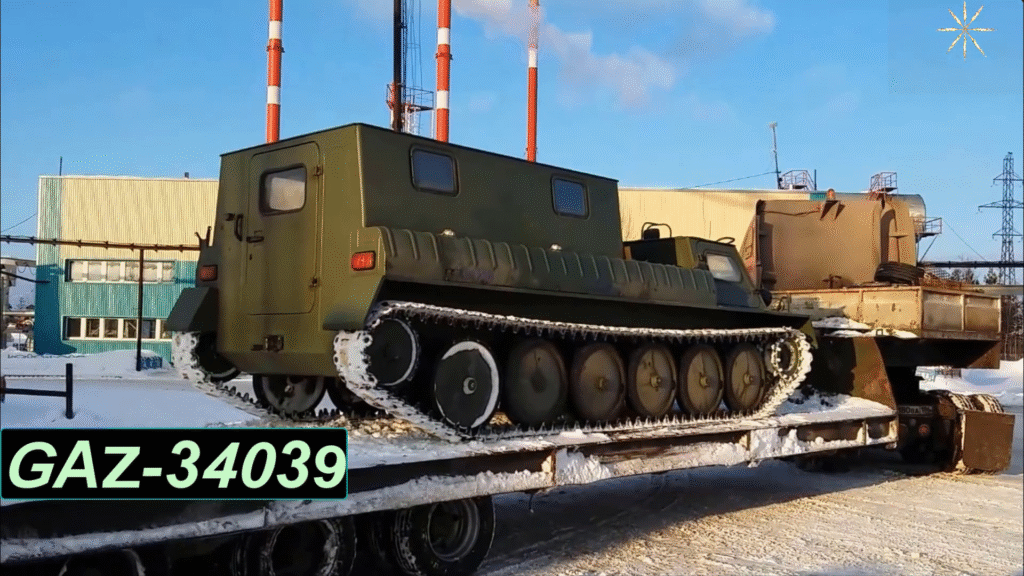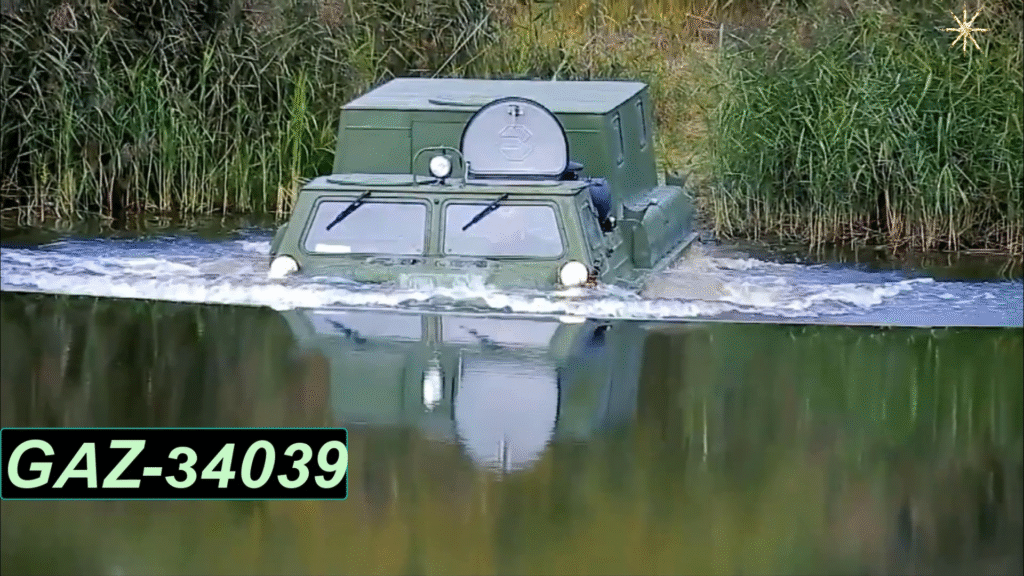
Overview of the GAZ 34039
The GAZ 34039 is an iconic tracked vehicle manufactured by the Zavolzhsky Plant of Crawler Tractors in Russia. Introduced in 1985, this rugged transporter was designed to tackle extreme environments—from the Siberian tundra and Arctic zones to swampy landscapes and mountainous terrain. It has remained in continuous production due to its unmatched reliability and functionality.

This vehicle is part of Russia’s long-standing tradition of producing robust off-road machines tailored for civil, rescue, and military operations. With over three decades of real-world use, the GAZ 34039 continues to be a key player in both domestic and international terrain operations.
Key Technical Specifications of GAZ 34039
The GAZ 34039 isn’t just about ruggedness—it’s engineered for performance:
- Weight: 4,800 kg
- Load Capacity: 1,200 kg
- Dimensions: 2,570 mm wide × 2,000 mm high
- Passenger Capacity: 10 seats, 4 beds
The turning radius of just 2.2 meters allows for exceptional maneuverability, especially in tight spaces or dense forest paths. It cruises at a top speed of 60 km/h on land and 6 km/h on water, thanks to its amphibious capabilities.
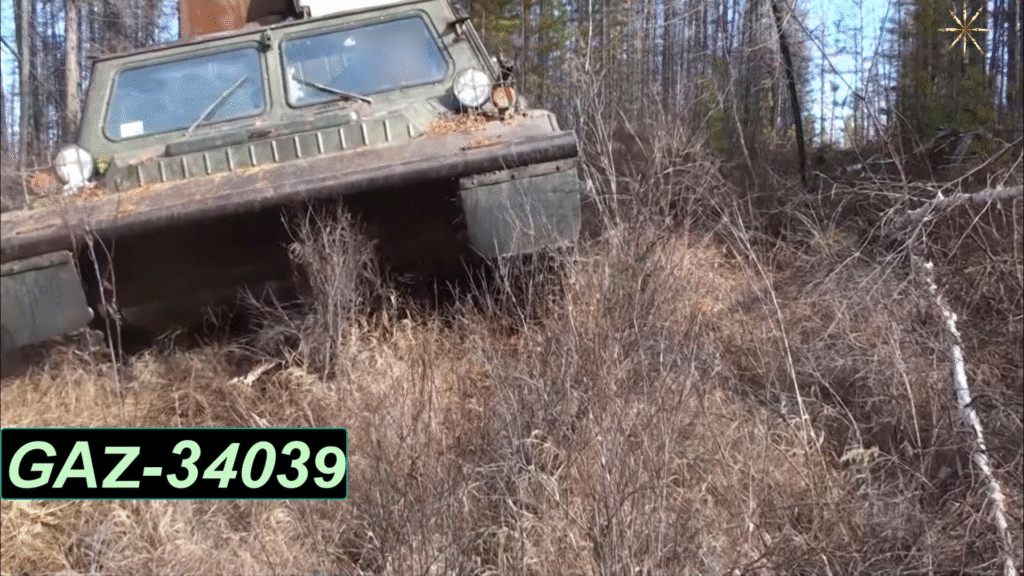
GAZ 34039 Engineering Excellence and Powertrain
At the heart of the GAZ 34039 lies a turbocharged diesel engine—most commonly from the D-245 series. These engines deliver between 110 to 122 horsepower, with a displacement of 4,750 cm³. Designed for high torque at low RPM, the engine ensures that the vehicle performs consistently under load and in cold climates.
The drivetrain features a 5-speed manual gearbox, coupled with a transfer case that distributes power effectively across the tracks. Its torsion bar suspension and 12 road wheels offer superior weight distribution and shock absorption.
Performance in Diverse Environments
Whether it’s deep snow, mudflats, swamps, or fast-flowing rivers, the GAZ 34039 is engineered to prevail. Its rubber-jointed tracks offer traction without damaging softer grounds. In water, propulsion is achieved using the tracks themselves, enabling seamless transition from land to river crossings.
Interior Features and Comfort
Despite its military-grade exterior, the GAZ 34039 can be customized for comfort. Standard versions can carry 10 passengers and provide 4 beds for extended missions. Cabin options include:
- Insulated tented cabin: Lightweight and flexible for rescue or transport
- Metal cabin: Offers higher protection and heating options for Arctic expeditions
Ergonomics are modest but functional, with robust seating and storage compartments tailored for long hauls.
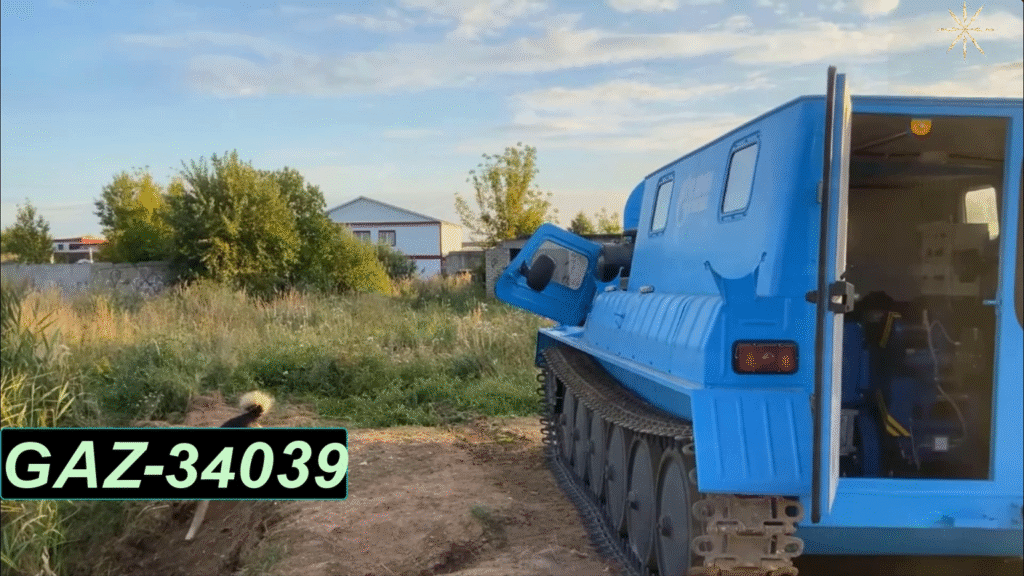
Variants and Modifications
The base model has evolved into several variants:
- 34039-12/13/22/23/32/33: Variants based on wheel and cabin types
- GAZ‑34039K “Irbis”: A high-end composite-bodied version with a more powerful 122 hp engine and improved cabin design
- Special-purpose configurations: Include ambulances, mobile command centers, fire trucks, and even drilling rig carriers
These modifications allow it to serve both military and civilian purposes efficiently.

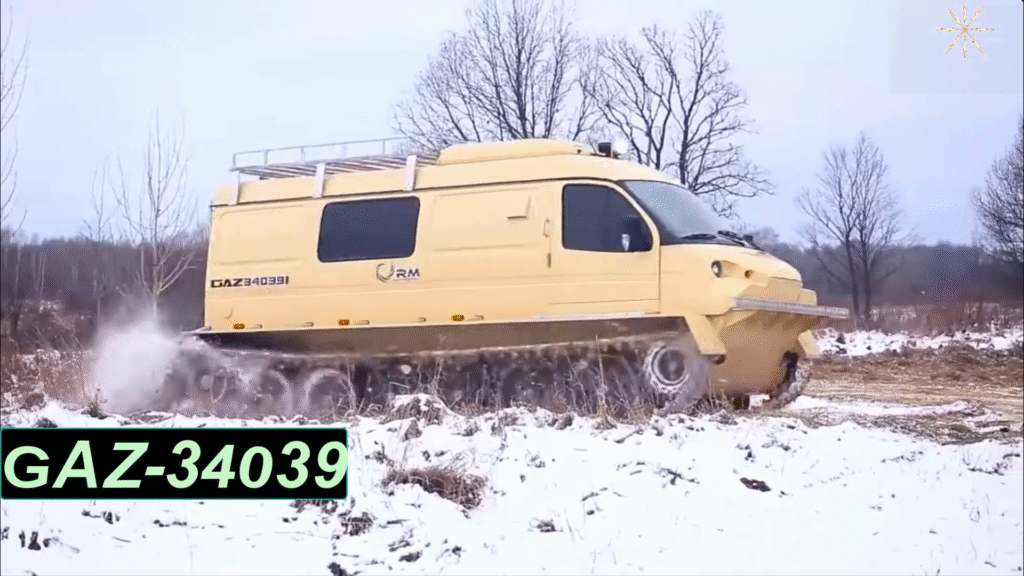
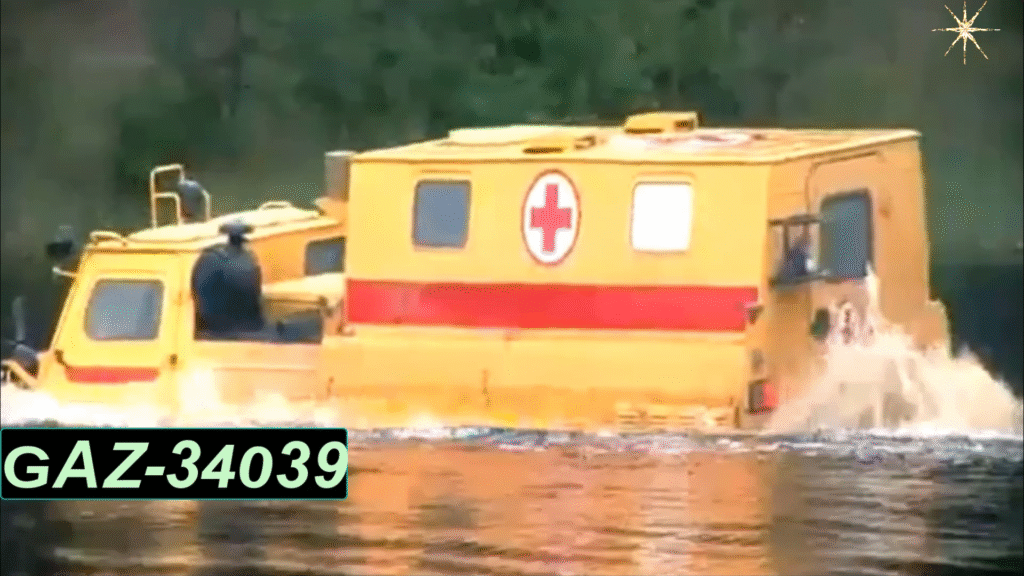
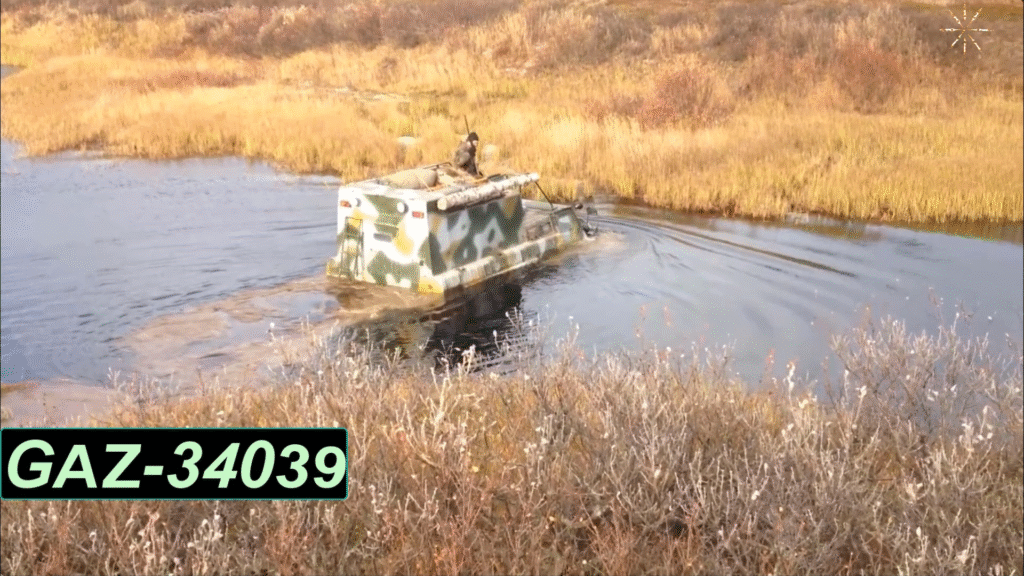
GAZ 34039 vs. GAZ-71 (GT-SM)
The GAZ 34039 is the modern descendant of the Soviet-era GAZ-71 (GT-SM). It retains the foundational tracked design philosophy but offers improvements in:
- Fuel efficiency
- Engine output
- Cabin insulation
- Amphibious performance
Its lineage gives it the credibility of battle-tested engineering with updated tech for modern applications.
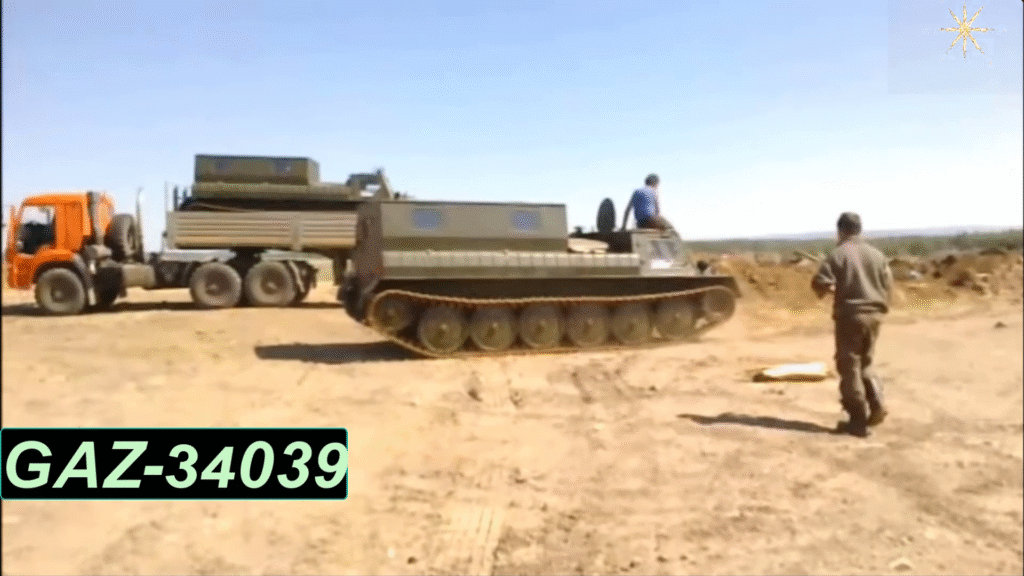
Operational Applications
Thanks to its versatility, the GAZ 34039 is used for:
- Geological surveys
- Pipeline maintenance
- Emergency response
- Remote logistics support
Government agencies, NGOs, and private companies in Russia and beyond rely on this vehicle for missions where ordinary transport fails.
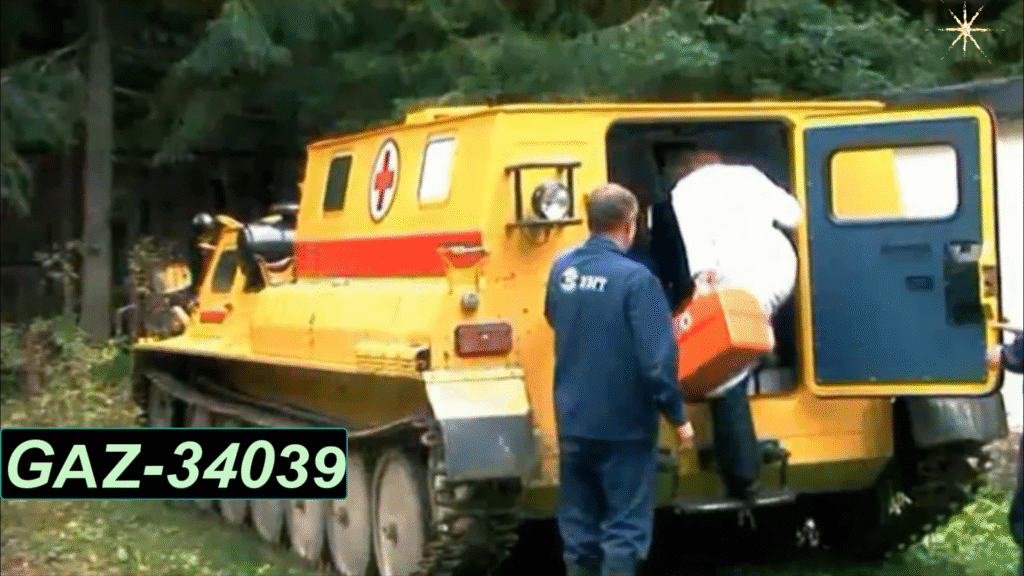
Global Deployment and Export Markets
This vehicle has made its way into international markets, including South Sudan, where it supports humanitarian missions under UN reporting. Many of these shipments are routed through Mombasa Port in Kenya, from where they reach inland operations across East Africa.
Build Quality and Durability
The GAZ 34039’s rugged frame and reliable mechanical components make it suitable for all-weather use. Its simple yet effective build ensures easy repairs and long service life, even in extreme cold or corrosive environments.
Off-Road and Amphibious Strengths
With torsion bar suspension, wide rubber tracks, and low ground pressure, this vehicle excels in:
- Snowfields and glaciers
- Tundra and marshes
- Forests and riverbanks
Its real-world success stories include Arctic expeditions and flood rescue missions.
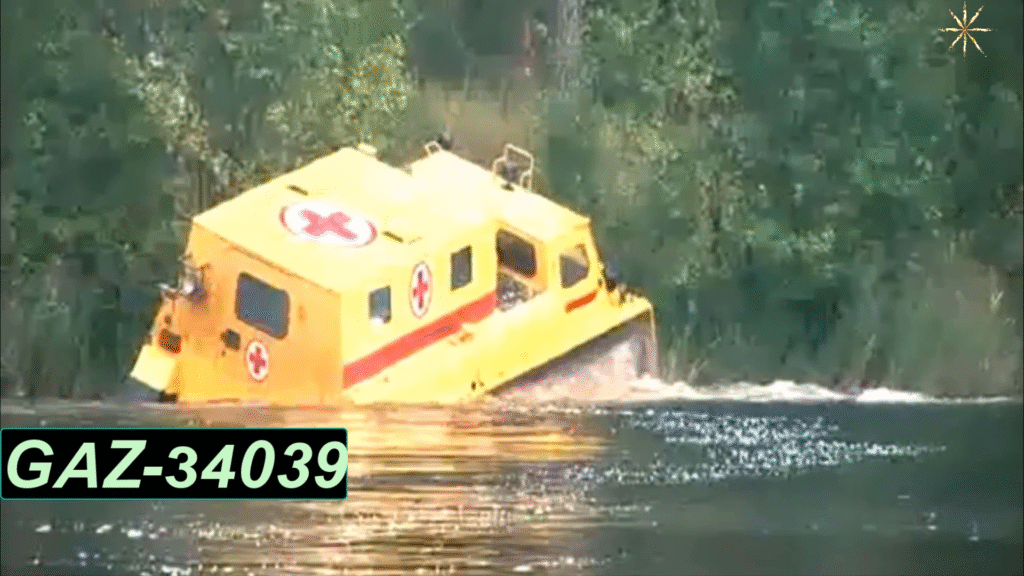
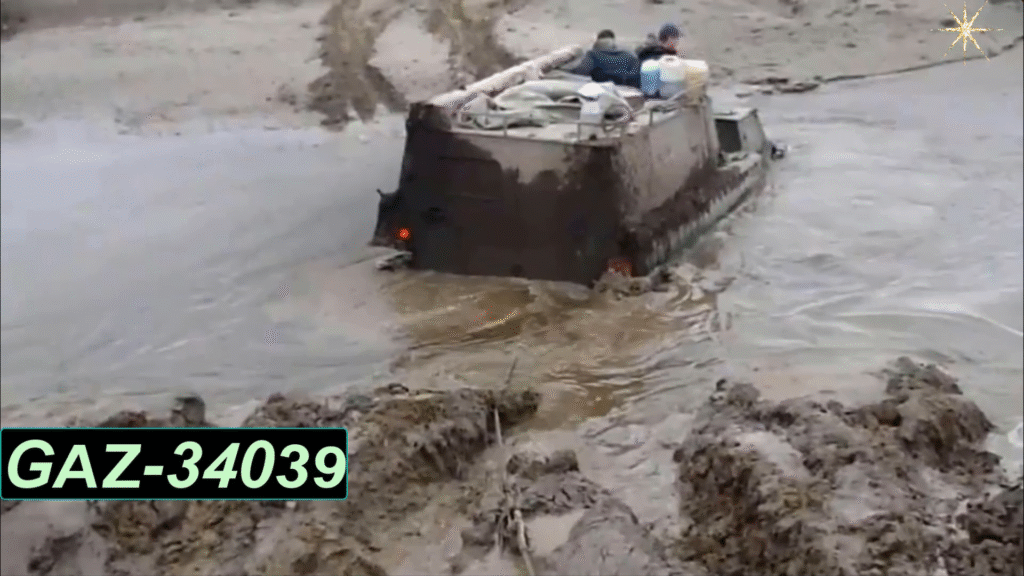
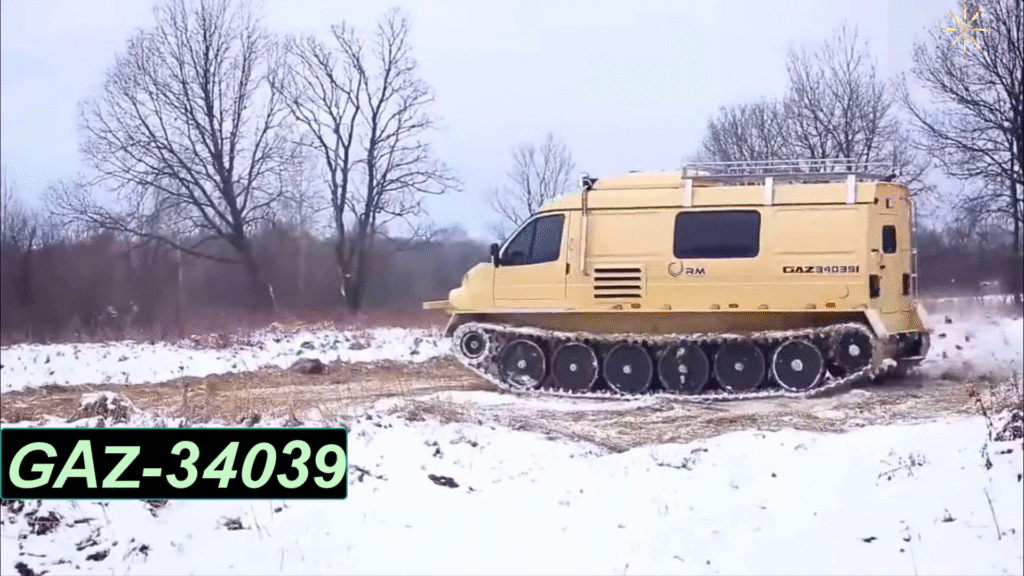
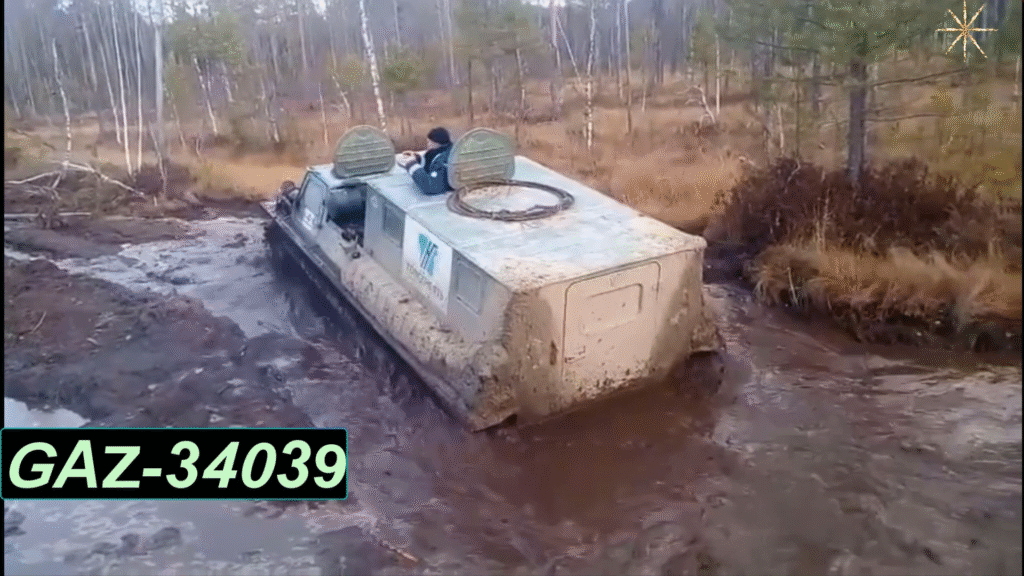
Environmental and Economic Efficiency
Despite its size, the GAZ 34039 remains surprisingly fuel-efficient for a tracked vehicle. Its 370-liter fuel tank allows extended missions without frequent refueling. Operators appreciate its low operational cost compared to airlifting or building roads in remote regions.
Safety Features and Regulations
Safety is integral in isolated areas. The GAZ 34039 provides:
- Reinforced cabins for passenger protection
- Fireproof and waterproof compartments
- Compliance with Russian and some international transport standards
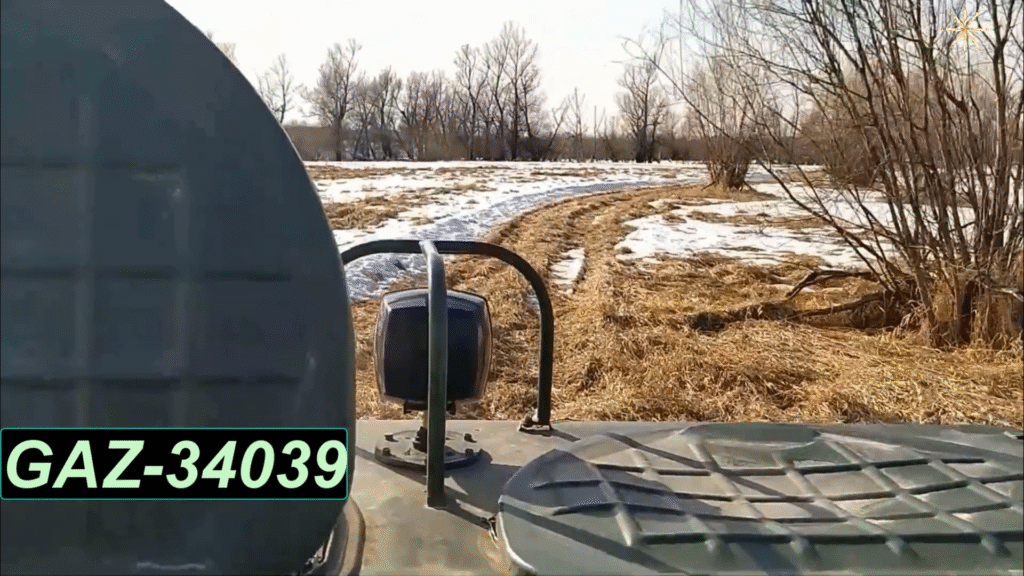
Why GAZ 34039 Stands Out in Its Class
What makes the GAZ 34039 unique?
- Multi-environment adaptability
- Customizability across use cases
- Legacy of dependable engineering
Its ability to go where most vehicles can’t has secured its place as a trusted machine for over 40 years.
Maintenance and Spare Parts Availability
The vehicle is relatively easy to maintain. Replacement parts for D-245 engines and suspension components are readily available across Russia and CIS countries, and are also exported with service kits.
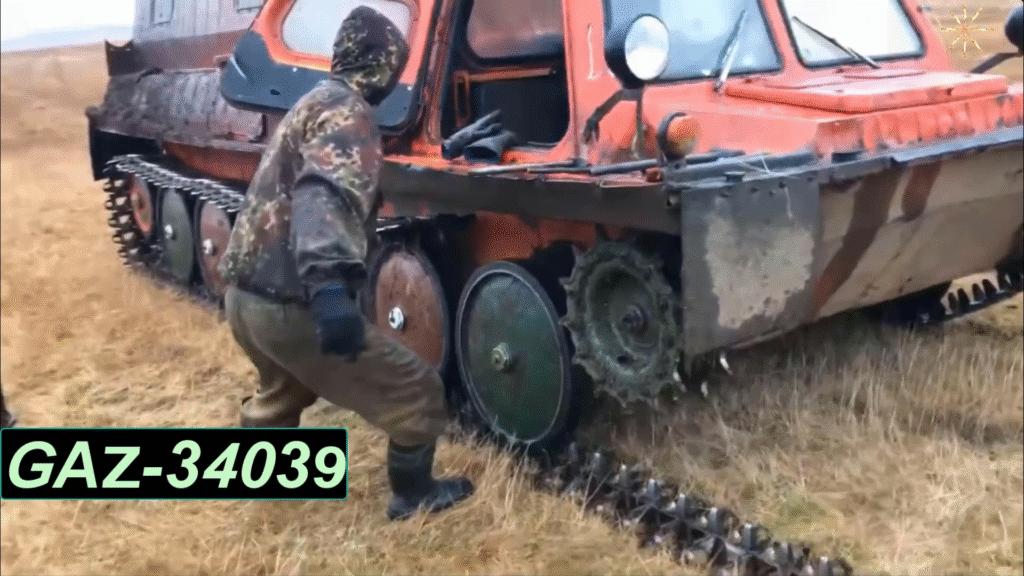
GAZ 34039
FAQs About the GAZ 34039
Q1: Is the GAZ 34039 amphibious?
Yes, it can travel in water at ~6 km/h using its tracks as paddles.
Q2: What fuel does it use?
It uses diesel and is fitted with a 370-liter tank for long-range missions.
Q3: Can it be used in tropical regions?
Yes, several units have been successfully deployed in East African nations.
Q4: How many people can it carry?
Up to 10 passengers and 4 sleeping spots in the base model.
Q5: Is it street-legal?
Generally, it’s not for urban use but can operate legally in remote or designated areas with proper permits.
Q6: What’s the difference between 34039 and 34039K “Irbis”?
The “Irbis” has a composite body, more horsepower, and a unified cabin design.
Conclusion: The GAZ 34039’s Lasting Impact
The GAZ 34039 remains a cornerstone of off-road and amphibious mobility. Its proven design, robust performance, and adaptability in severe terrains ensure its relevance well into the future. Whether you’re a rescue operator, a military planner, or a field researcher, the GAZ 34039 could be your best ally off the beaten path.
